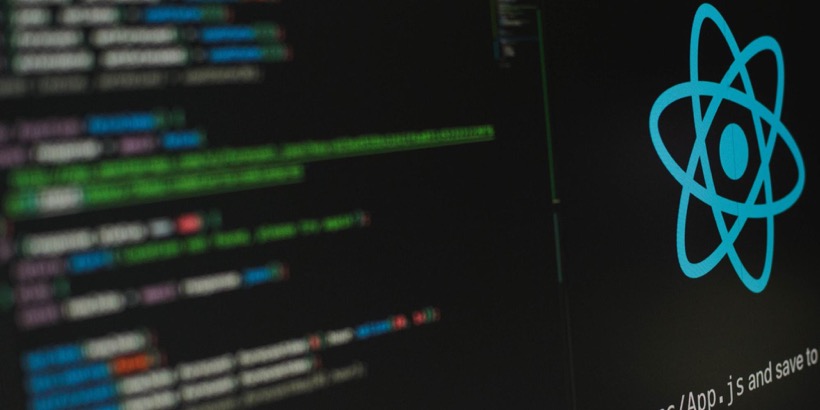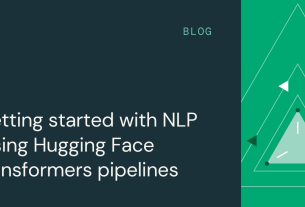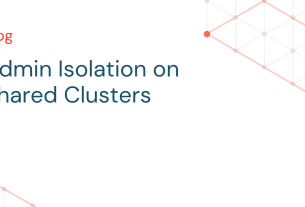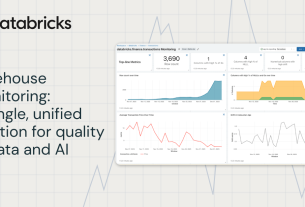In the current technology landscape, startups are developing rapidly. This usually leads to an increase in the number of engineers in teams, with the goal of increasing the speed of product development and delivery frequency. However, this growth often leads to a diverse selection of technology stacks being used by different teams within the same organisation.
Having different technology stacks within a team could lead to a bigger problem in the future, especially if documentation is not well-maintained. The best course of action is to pick just one technology stack for your projects, but it begs the question, “How do I choose the best technology stack for my projects?”.
We share our process and analysis to determine the best technology stack that complies with precise standards. By the end of the article, you may also learn to choose the best technology stack for your needs.
Background
In recent years, we have seen massive growth in modern web technologies, such as React, Angular, Vue, Svelte, Django, TypeScript, and many more. Each technology has its benefits. However, having so many choices can be confusing when you must determine which technologies are best for your projects. To narrow down the choices, a few aspects, such as scalability, stability, and usage in the market, must be considered.
That’s the problem that we used to face. Most of our legacy services were not standardised and were written in different languages like PHP, React, and Vue. Also, the documentation for these legacy services is not well-structured or regularly updated.
We realised that we had two main problems:
- Various technology stacks (PHP, Vue, React, Nuxt, and Go) maintained simultaneously, with incomplete documentation, may consume a lot of time to understand the code, especially for engineers unfamiliar with the frameworks or even a new hire.
- Context switching when reviewing code makes it hard to review other teammates’ merge requests on complex projects and quickly offer better code suggestions.
To prevent these problems from recurring, teams must use one primary technology stack.
After detailed comparisons, we narrowed our choices to two options – React and Vue – because we have developed projects in both technologies and already have the user interface (UI) library in each technology stack.

Next, we conducted a more detailed research and exploration for each technology. The main goals were to find the unique features, scalability, ease of migration, and compatibility for the UI library for React and Vue. To test the compatibility of each UI library, we also used a sample UI on one of our upcoming projects and sliced it.
Here’s a quick summary of our exploration:
| Metrics | Vue | React |
|---|---|---|
| UI Library Compatibility | Doesn’t require much component development | Doesn’t require much component development |
| Scalability | Easier to upgrade, slower in releasing major updates, clear migration guide | Quicker release of major versions, supports gradual updates |
| Others | Composition API, strong community (Vue Community) | Latest version (v18) of React Hooks, gradual updates, doesn’t support IE |
From this table, we found that the differences between these frameworks are miniscule, making it tough for us to determine which to use. Ultimately, we decided to step back and see the Big Why.
Solution
The Big Why here was “Why do we need to standardise our technology stack?”. We wanted to ease the onboarding process for new hires and reduce the complexity, like context switching, during code reviews, which ultimately saves time.
As Kleppmann (2017) states, “The majority of the cost of software is in its ongoing maintenance”. In this case, the biggest cost was time. Increasing the ease of maintenance would reduce the cost, so we decided to use maintainability as our north star metric.
Kleppmann (2017) also highlighted three design principles in any software system:
- Operability: Make it easy to keep the system running.
- Simplicity: Easy for new engineers to understand the system by minimising complexity.
- Evolvability: Make it easy for engineers to make changes to the system in the future.
Keeping these design principles in mind, we defined three metrics that our selected tech stack must achieve:
- Scalability
- Keeping software and platforms up to date
- Anticipating possible future problems
- Stability of the library and documentation
- Establishing good practices and tools for development
- Usage in the market
- The popularity of the library or framework and variety of coding best practices
| Metrics | Vue | React |
|---|---|---|
| Scalability | Framework
Operability Evolvability |
Library Supports gradual updates but there will be many different approaches when upgrading React on our services. |
| Stability of the library and documentation | Has standardised documentation | Has many versions of documentation |
| Usage on Market | Smaller market share.
Simplicity |
Larger market share.
Many React variants are currently in the market, so different companies may have different folder structures/conventions. |

After conducting a detailed comparison between Vue and React, we decided to use Vue as our primary tech stack as it best aligns with Kleppmann’s three design principles and our north star metric of maintainability. Even though we noticed a few disadvantages to using Vue, such as smaller market share, we found that Vue is still the better option as it complies with all our metrics.
Moving forward, we will only use one tech stack across our projects but we decided not to migrate technology for existing projects. This allows us to continue exploring and learning about other technologies’ developments. One of the things we need to do is ensure that our current projects are kept up-to-date.
Implementation
After deciding on the primary technology stack, we had to do the following:
- Define a boilerplate for future Vue projects, which will include items like a general library or dependencies, implementation for unit testing, and folder structure, to align with our north star metric.
- Update our existing UI library with new components and the latest Vue version.
- Perform periodic upgrades to existing React services and create a standardised code structure with proper documentation.
With these practices in place, we can ensure that future projects will be standardised, making them easier for engineers to maintain.
Impact
There are a few key benefits of standardising our technology stack.
- Scalability and maintainability: It’s much easier to scale and maintain projects using the same technology stack. For example, when implementing security patches on all projects due to certain vulnerabilities in the system or libraries, we will need one patch for each technology. With only one stack, we only need to implement one patch across all projects, saving a lot of time.
- Faster onboarding process: The onboarding process is simplified for new hires because we have standardisation between all services, which will minimise the amount of context switching and lower the learning curve.
- Faster deliveries: When it’s easier to implement a change, there’s a compounding impact where the delivery process is shortened and release to production is quicker. Ultimately, faster deliveries of a new product or feature will help increase revenue.
Learnings/Conclusion

For every big decision, it is important to take a step back and understand the Big Why or the main motivation behind it, in order to remain objective. That’s why after we identified maintainability as our north star metric, it was easier to narrow down the choices and make detailed comparisons.
The north star metric, or deciding factor, might differ vastly, but it depends on the problems you are trying to solve.
References
Grab is the leading superapp platform in Southeast Asia, providing everyday services that matter to consumers. More than just a ride-hailing and food delivery app, Grab offers a wide range of on-demand services in the region, including mobility, food, package and grocery delivery services, mobile payments, and financial services across 428 cities in eight countries.
Powered by technology and driven by heart, our mission is to drive Southeast Asia forward by creating economic empowerment for everyone. If this mission speaks to you, join our team today!



